New Jersey Rehab Experts
Specializing in comprehensive orthopedic care, New Jersey Rehab Experts offers a wide range of services including Physical Therapy, Sports Physical Therapy, Dry Needling, Chiropractic Care, Neuropathy Treatment, Pain Management, and Manual Therapy. Our state-of-the-art facility is staffed by board-certified therapists dedicated to delivering top-tier care, ensuring you achieve optimal recovery and wellness.
Clinic Located in Jersey City (Newport), Secaucus and Clifton
Genuine Feedback from
Our Patients
Our Affiliations

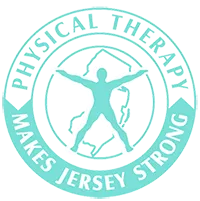

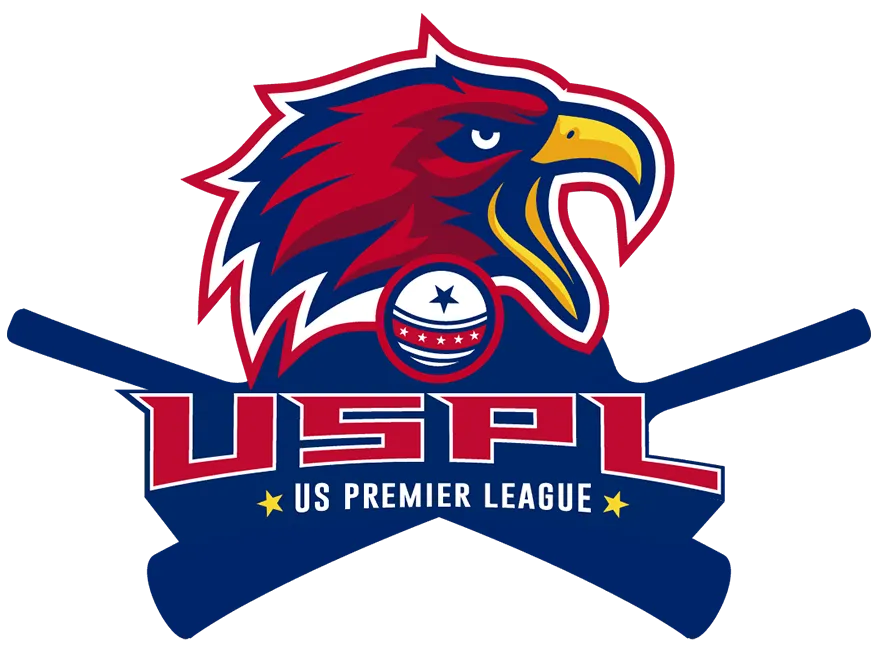


Explore Our Diverse Range of Disciplines
Discover a world of exceptional care customized for all ages! Our dedicated professionals deliver top-notch medical attention, expert rehabilitative therapy, and warm companion care for adults, seniors, and young patients. Experience personalized healthcare with a heart!
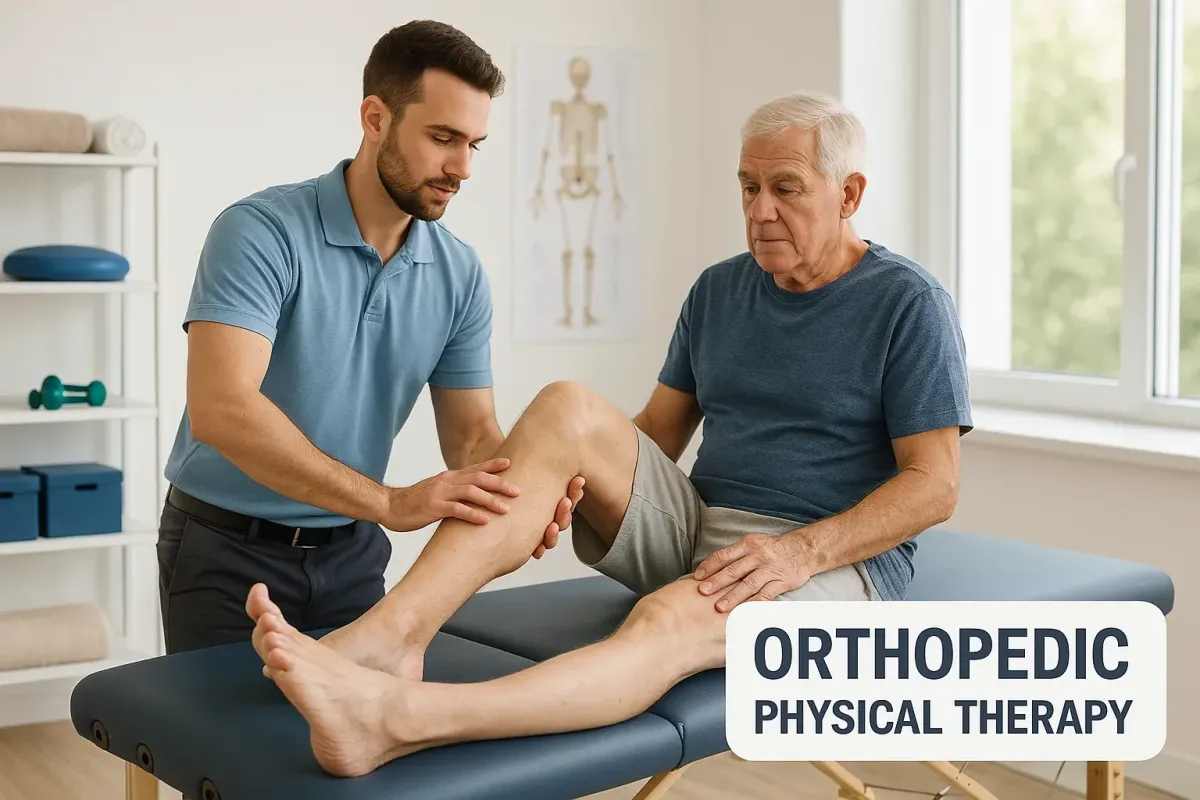
Orthopedic Physical Therapy
At New Jersey Rehab Experts our Orthopedic Physical Therapy program is designed to help patients recover from musculoskeletal injuries, surgeries, and chronic conditions affecting the bones, joints, muscles, ligaments, and tendons. Whether you're healing from a sports injury, managing arthritis, or recovering after orthopedic surgery, our expert therapists create personalized treatment plans to restore mobility, reduce pain, and improve overall function. We use evidence-based techniques such as manual therapy, therapeutic exercises, joint mobilization, dry needling, ultrasound, and neuromuscular re-education
to accelerate your recovery and prevent future injuries.
Our goal is to get you moving confidently and pain-free—whether you're getting back to the gym, the job site, or simply your everyday routine.

Geriatric Physical Therapy
Our Geriatric Physical Therapy services are tailored to meet the unique needs of older adults. As we age, our bodies undergo natural changes that can affect balance, strength, mobility, and overall independence. Our experienced therapists are here to help seniors stay active, safe, and confident in their daily lives.
We specialize in the prevention and treatment of age-related conditions such as osteoporosis, arthritis, joint replacements, balance disorders, and general deconditioning. Our personalized therapy programs focus on restoring strength, improving flexibility, reducing pain, and preventing falls.
Our geriatric therapy goals include: Enhancing mobility and functionPreventing falls and promoting safetyManaging chronic painIncreasing independence in daily activitiesSupporting recovery from surgery or hospitalization. We take a compassionate, patient-centered approach to care—empowering seniors to maintain a higher quality of life and remain active within their homes and communities.
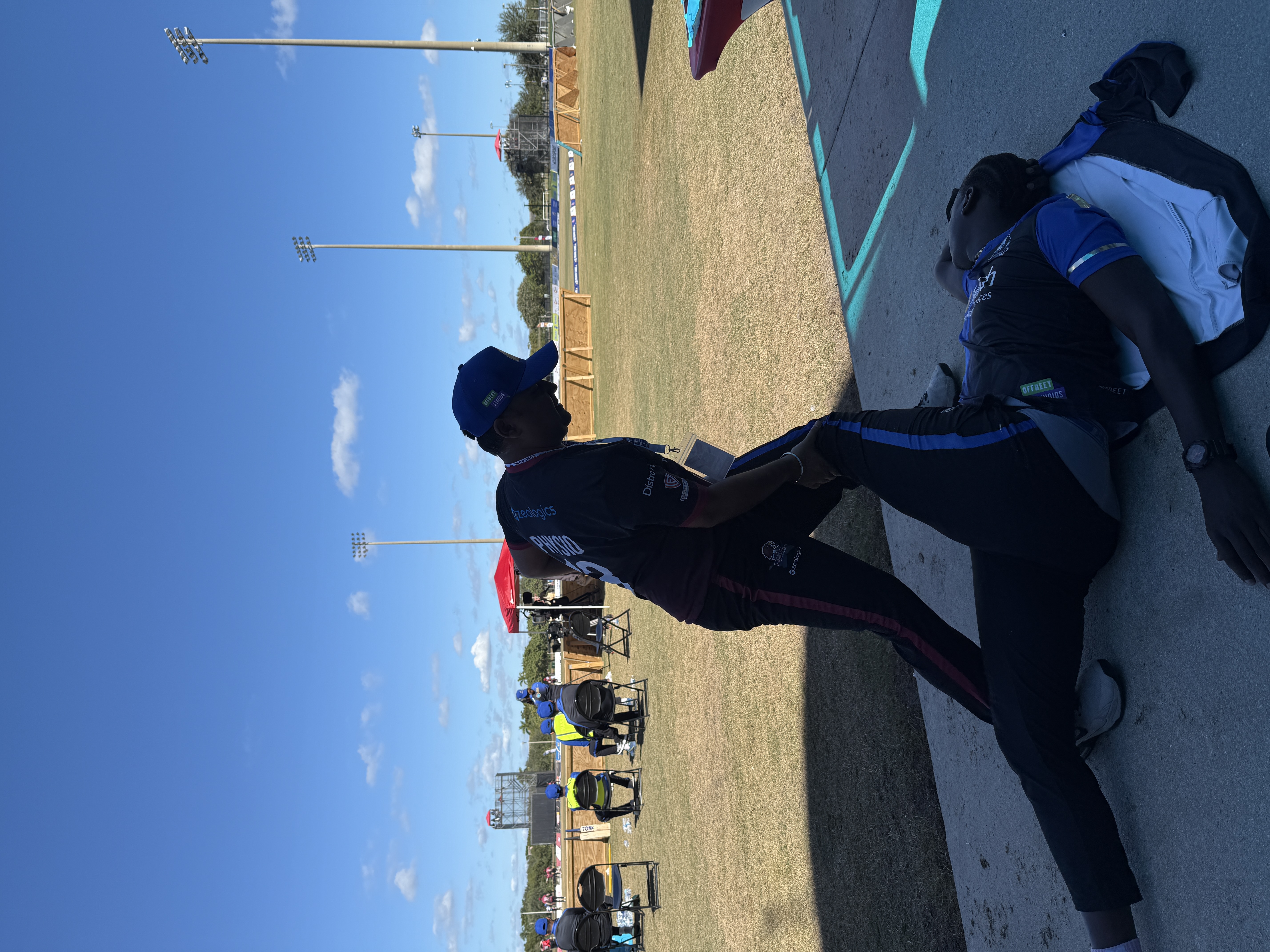
Sports Physical Therapy
At New Jersey Rehab Experts our Sports Physical Therapy program is built for athletes of all levels—from weekend warriors to professional players. Whether you're recovering from an injury, enhancing performance, or aiming for a safe return to sport, we’ve got your back (and knees, shoulders, ankles… you name it!).
Our sports rehab specialists use advanced techniques and evidence-based protocols to treat common athletic injuries such as ACL tears, rotator cuff strains, tennis/golfer’s elbow, sprains, tendonitis, and more We combine manual therapy, functional training, neuromuscular re-education, strength conditioning, dry needling, and return-to-sport testing to help you recover faster and perform better.
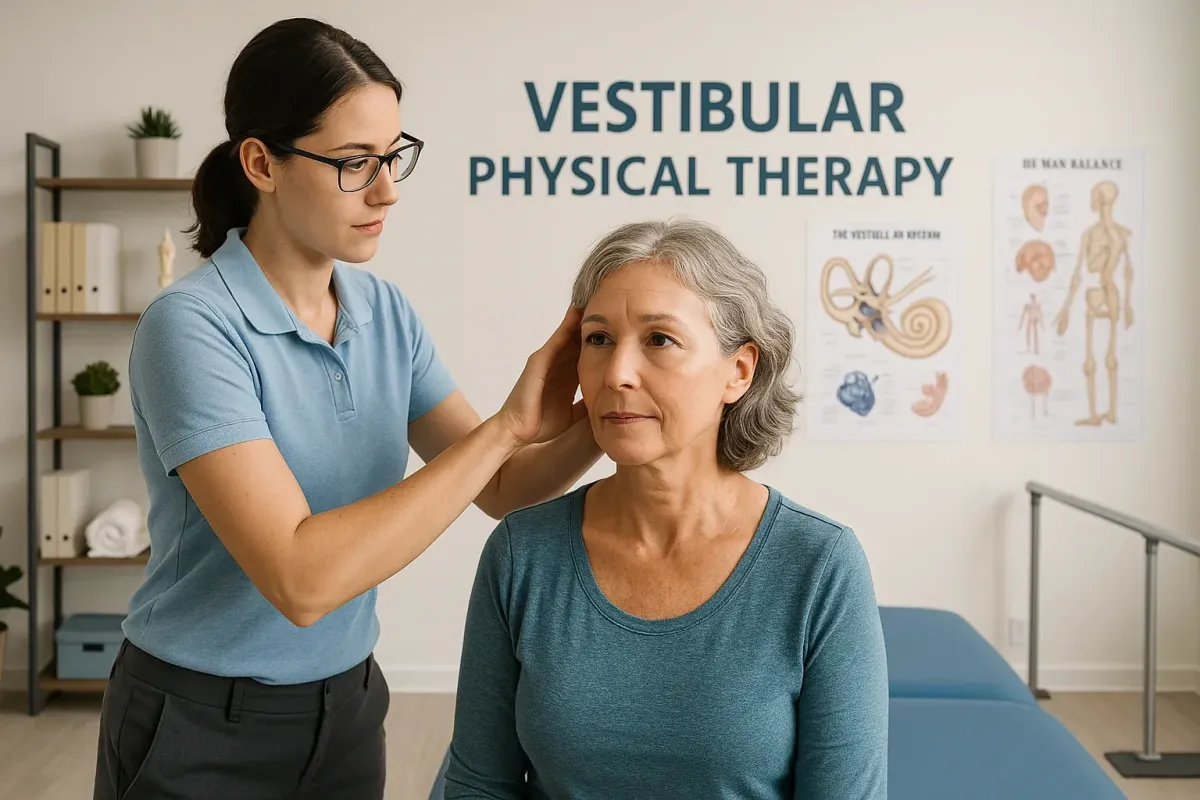
Vestibular Rehabilitation Therapy (VRT)
Feeling dizzy, off-balance, or lightheaded? You're not alone—and you don’t have to live with it. At
New Jersey Rehab Experts our Vestibular Rehabilitation Therapy (VRT) is designed to help you regain control, stability, and confidence in your everyday movements. VRT is a specialized form of physical therapy aimed at treating disorders of the inner ear and balance system , such as vertigo, BPPV (Benign Paroxysmal Positional Vertigo), Meniere’s disease, post-concussion dizziness, and general imbalance. These conditions can make even simple tasks feel overwhelming—but with the right therapy, relief is possible. Our skilled therapists perform a thorough assessment to identify the root cause of your symptoms and develop a custom treatment plan using: Balance and gaze stabilization exercises Canalith repositioning maneuvers (like the Epley maneuver) Habituation and desensitization techniques Fall prevention strategie
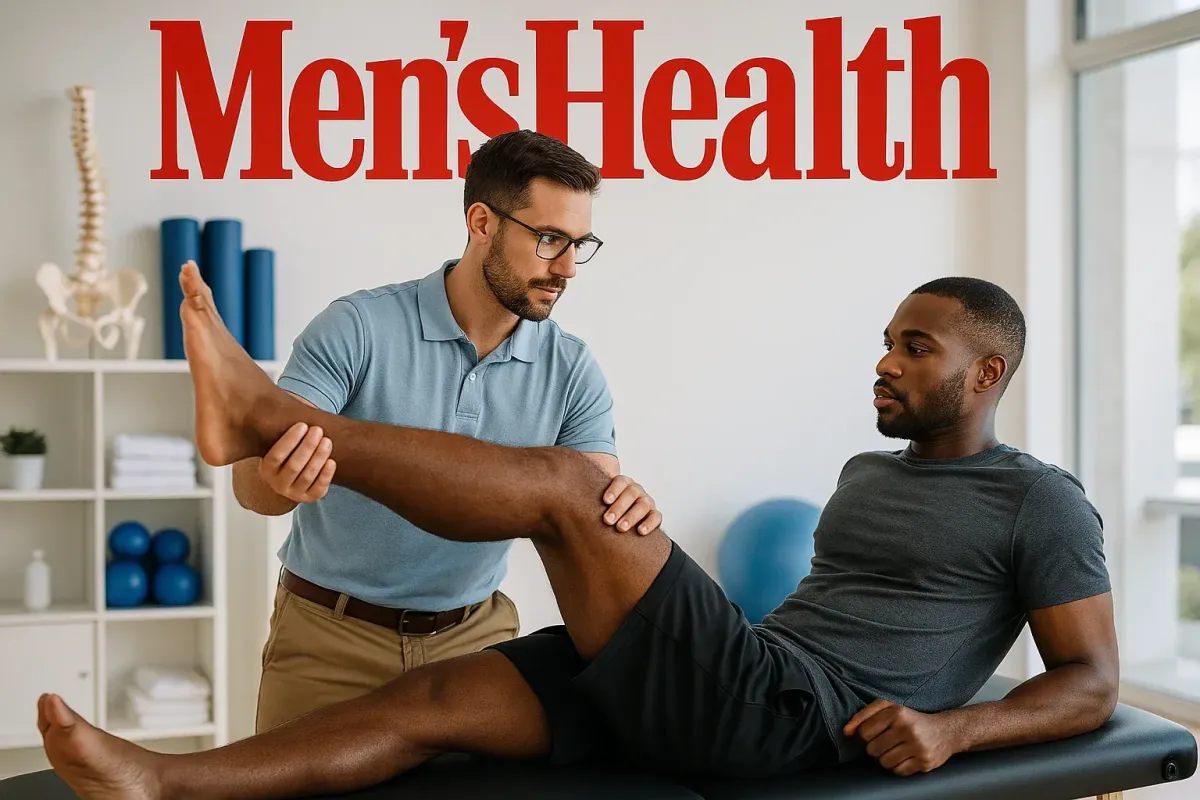
Men's Health Physical Therapy (Pelvic Health PT)
Pelvic health isn’t just a women’s issues men experience it too and we’re here to help. At New Jersey Rehab Experts our Men’s Health Physical Therapy
program is designed to treat a wide range of pelvic floor dysfunctions that can impact comfort, confidence, and quality of life. Our expert therapists offer
discreet, one-on-one care for men experiencing: Pelvic painUrinary urgency, frequency, or leakagePost-prostatectomy rehabilitationErectile dysfunctionConstipation and bowel issuesCore weakness or abdominal pressure Through targeted manual therapy, pelvic floor retraining, biofeedback, breathing techniques, and posture correction, we help restore normal function and reduce symptoms—without surgery or medication. Why it matters: Pelvic floor dysfunction can be frustrating, but it’s also very treatable. We take a judgment-free, evidence-based approach to help men feel strong, supported, and back in control of their bodies. Take the first step toward healing—you don’t have to suffer in silence
.

Motor Vehicle & Work Injury Rehab Specialist
At New Jersey Rehab Experts, we specialize in
Motor Vehicle and Work Injury Rehabilitation, helping patients recover from car accidents and workplace injuries with expert, personalized care. Our team treats conditions such as whiplash, low back pain, joint injuries, concussions, and soft tissue damage, using evidence-based therapy to reduce pain, restore function, and support long-term recovery. We work closely with physicians, attorneys, and insurance providers to ensure proper documentation and seamless coordination of care. Whether you're dealing with a workers' comp case or personal injury claim, our goal is to get you back to work, life, and movement—safely and confidently.
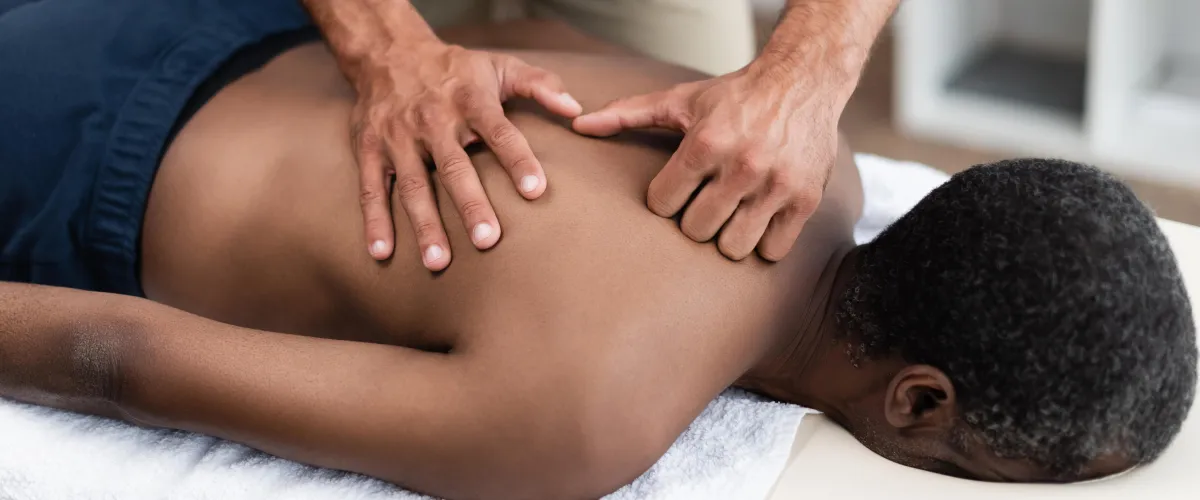
Manual Therapy
Looking for a hands-on approach that goes beyond basic physical therapy?
Manual Therapyoffers targeted, expert techniques designed to relieve pain, improve mobility, and accelerate healing—naturally. This isn’t your average treatment. Imagine combining the precision of Mulligan Mobilizations with the posture-correcting power of the McKenzie Method, or experiencing the rapid results of High-Velocity Thrust Techniques and Spinal Manipulation to unlock stiff joints. Add in the deep-tissue benefits of Myofascial Release (MFR)
and the dynamic support of Kinesiology and Sports Taping, and you’ve got a comprehensive system that helps you move better, recover faster, and feel your best. Whether you're an athlete, a desk worker, or simply tired of chronic pain—this is where real, lasting relief begins.
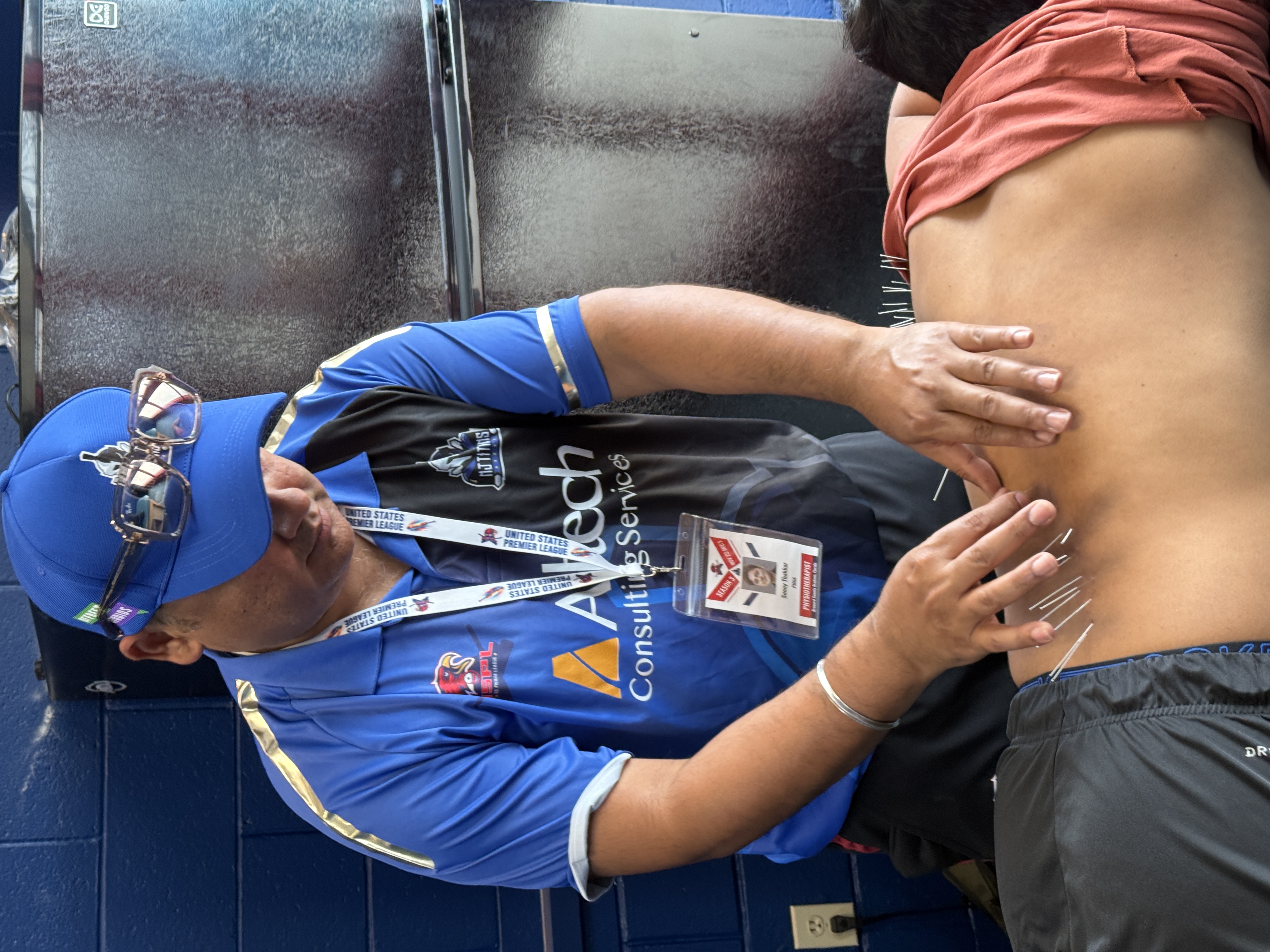
Dry Needling
Dry Needling
is a modern, evidence-based treatment technique used by licensed physical therapists to target trigger points—tight knots in muscles that cause pain and restrict movement. By inserting thin, sterile needles into these areas, dry needling helps release muscle tension, improve blood flow, reduce pain, and restore normal function. It is commonly used to treat conditions like back and neck pain, tendonitis, headaches, sciatica, and sports-related injuries. Unlike acupuncture, which is based on traditional Chinese medicine, dry needling is grounded in Western anatomical and neurophysiological principles, making it a safe and effective option for musculoskeletal pain and dysfunction.
Our Advantages
Specialized Programs for Every Need
From orthopedic rehab and sports therapy to vestibular, pelvic health, and post-injury recovery, we provide comprehensive, patient-focused solutions.
State-of-the-Art Techniques & Technology
We use cutting-edge treatments like dry needling, spinal manipulation, Mulligan & McKenzie techniques, Fit3D scans, Shockwave Therapy , Cupping and more to accelerate healing.
Personalized One-on-One Care
Every patient receives individualized treatment plans with hands-on attention to ensure faster recovery and long-term results.
Trusted by Athletes & Community Leaders
Official providers for multiple cricket teams and a member of respected healthcare associations—our reputation speaks for itself.
Multiple Convenient Locations Across NJ
With clinics in Jersey City, Secaucus, Clifton , and beyond, we’re always within reach—offering flexible scheduling and bilingual support.
Seamless Support for Injury Claims & Recovery
We coordinate care with attorneys, physicians, and insurers for patients recovering from motor vehicle or work-related injuries, ensuring smooth documentation and stress-free rehab.
Meet Our Team

Sunny Thakkar PT, MS ( Exercise Physiologist)
Physical Therapist

Ashish Sinha, PT, DPT
Physical Therapist

Dr. Rohit Farzala PT, DPT
Physical Therapist
About Us
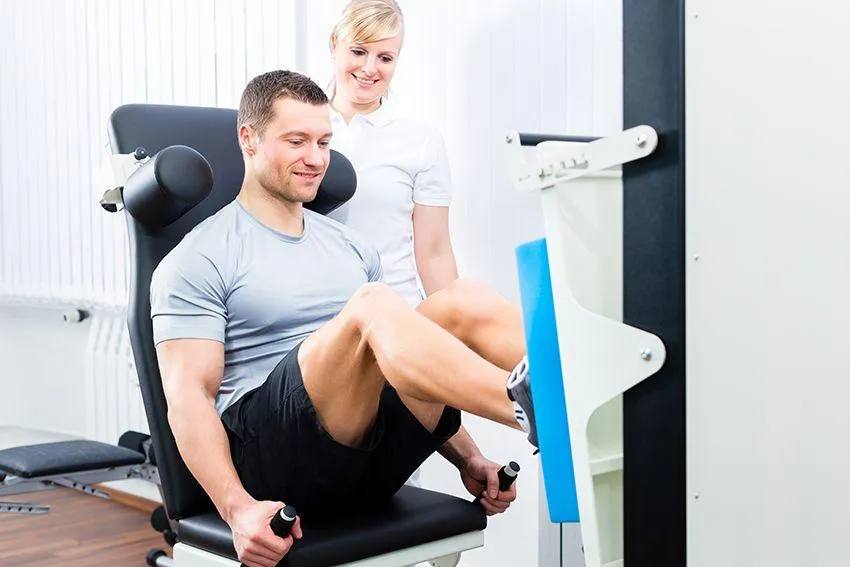
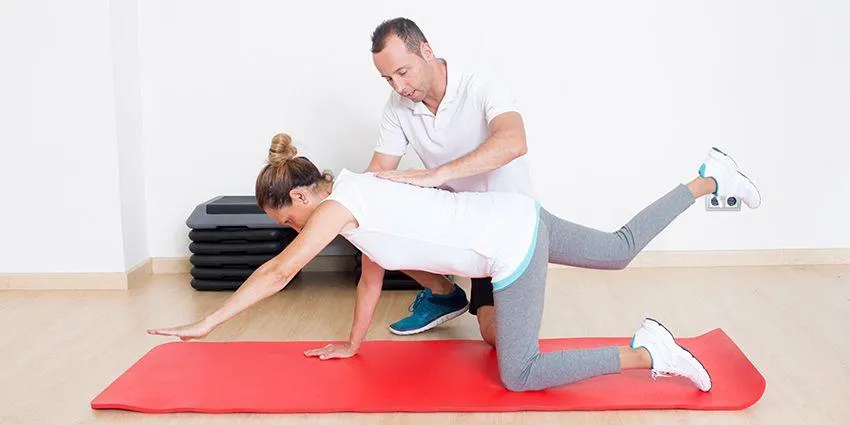
Experience rapid rejuvenation as our specialist team harnesses the power of advanced healing tech to erase pain with ease. We dive deep into your world, assessing every piece of the puzzle—stress at work, life pressures, physical health, nutrition, genes, posture, and even emotional ties—crafting a tailor-made wellness blueprint that's as unique as you are. With our dedicated holistic touch, we don't just treat symptoms; we empower you to embrace a pain-free, harmonious life.
Ask a Question

Elbow Pain When Lifting? Discover Causes, Remedies, and Prevention Tips!
Elbow Pain When Lifting? Discover Causes, Remedies, and Prevention Tips!
Elbow pain when lifting can turn even the simplest tasks into a daunting challenge. Whether you're struggling to lift a grocery bag or facing discomfort during your workout, this nagging pain can significantly impact your daily life. Understanding the underlying causes of this issue is essential for effective relief. Various factors, from tendonitis and bursitis to improper lifting techniques, might be at play. But don’t worry—relief is within reach! In this article, we'll explore the common causes of elbow pain, provide practical remedies to ease your discomfort, and offer essential prevention tips to keep your elbows healthy and pain-free. Whether you're an athlete or simply looking to maintain an active lifestyle, gaining insight into elbow care will empower you to lift without limitations. Let’s dive in and discover how you can regain strength and confidence in your movements!
Understanding Elbow Pain: An Overview
Elbow pain is a common issue that many individuals face, particularly when lifting objects. This discomfort can range from a mild ache to a sharp, debilitating pain, and it can significantly impact one's ability to perform everyday tasks. The elbow is a complex joint that relies on the coordination of muscles, tendons, ligaments, and bones, making it susceptible to various types of injuries and conditions. When pain arises, it is often a sign that something within this intricate system is not functioning correctly. Understanding the nature of elbow pain is the first step toward finding effective relief and preventing future occurrences.
The elbow joint allows for a wide range of movements, including flexion, extension, and rotation. These movements are essential for activities such as lifting, throwing, and performing daily chores. However, the repetitive use or overloading of the elbow can lead to wear and tear, causing pain. Conditions such as tendonitis, bursitis, and arthritis are common culprits behind elbow pain. Additionally, improper lifting techniques or sudden trauma can also contribute to discomfort in the elbow area. By gaining insight into the structure and function of the elbow, individuals can better understand the causes of their pain and take appropriate measures to address it.
Elbow pain can be classified into different categories based on its origin and characteristics. Acute pain typically results from a recent injury or strain, while chronic pain may develop over time due to repetitive stress or underlying medical conditions. Identifying the type of pain and its triggers is crucial for effective treatment. In some cases, self-care measures such as rest, ice, and over-the-counter medications may suffice. However, persistent or severe pain may require professional intervention. By recognizing the signs and symptoms of elbow pain early on, individuals can seek timely assistance and prevent the condition from worsening.
Common Causes of Elbow Pain During Lifting
Several factors can contribute to elbow pain when lifting, and understanding these causes can help individuals take proactive steps to alleviate discomfort and prevent injury. One of the most common causes is tendonitis, which occurs when the tendons around the elbow become inflamed due to repetitive strain or overuse. Tendonitis can affect the tendons connecting the muscles of the forearm to the elbow, leading to pain and tenderness. This condition is often seen in athletes, weightlifters, and people who engage in activities that require repetitive arm movements.
Bursitis is another frequent cause of elbow pain, characterized by the inflammation of the bursae, small fluid-filled sacs that cushion the joints. When the bursae become irritated, usually due to repetitive motion or prolonged pressure on the elbow, it can result in pain and swelling. This condition is common among individuals who spend long periods leaning on their elbows or perform repetitive tasks that strain the joint. Proper ergonomics and taking breaks during activities can help prevent bursitis and alleviate associated pain.
Improper lifting techniques can also lead to elbow pain. When lifting heavy objects, using incorrect form or technique can place undue stress on the elbow joint and surrounding muscles. For example, lifting with the arms extended or without engaging the core muscles can strain the elbow and increase the risk of injury. Ensuring proper lifting techniques, such as keeping the elbows close to the body and using the legs for support, can significantly reduce the likelihood of experiencing elbow pain. Additionally, sudden trauma or accidents during lifting can cause acute injuries, resulting in immediate pain and potential long-term issues if not addressed promptly.
Symptoms to Watch For: When to Seek Help
Recognizing the symptoms of elbow pain is crucial for timely intervention and effective treatment. While occasional discomfort may not be cause for alarm, persistent or severe pain warrants attention. Common symptoms associated with elbow pain include tenderness, swelling, stiffness, and difficulty moving the joint. Individuals may also experience a burning sensation or sharp pain during specific movements, such as lifting or bending the arm. Monitoring these symptoms and their progression can help determine the underlying cause and appropriate course of action.
In some cases, elbow pain may be accompanied by additional signs that indicate a more serious condition. For instance, numbness or tingling in the fingers or forearm can suggest nerve involvement, potentially stemming from issues such as cubital tunnel syndrome or radial tunnel syndrome. These conditions occur when the nerves passing through the elbow become compressed or irritated, leading to pain and sensory disturbances. If these symptoms persist or worsen, seeking medical advice is essential to prevent further complications and ensure proper diagnosis and treatment.
Severe elbow pain that limits daily activities or fails to improve with self-care measures should prompt a visit to a healthcare professional. Conditions such as fractures, dislocations, or severe tendon injuries require immediate medical attention to prevent long-term damage and restore function. Additionally, if the pain is accompanied by signs of infection, such as redness, warmth, or fever, it is crucial to seek prompt medical care. Early diagnosis and treatment can significantly improve outcomes and reduce the risk of chronic pain and disability.
Effective Remedies for Elbow Pain Relief
Finding relief from elbow pain involves a combination of self-care measures, lifestyle adjustments, and medical interventions when necessary. One of the most effective self-care strategies is rest, allowing the affected elbow to heal and reduce inflammation. Avoiding activities that exacerbate pain and providing adequate rest periods can prevent further strain on the joint. Applying ice to the affected area can also help reduce swelling and numb pain, offering immediate relief. Ice therapy is particularly beneficial for acute injuries or flare-ups of chronic conditions.
Over-the-counter medications, such as nonsteroidal anti-inflammatory drugs (NSAIDs), can effectively manage pain and inflammation associated with elbow conditions. These medications help reduce swelling and provide relief from discomfort, allowing individuals to continue their daily activities with minimal pain. However, it is essential to follow the recommended dosage and consult a healthcare professional if the pain persists or worsens. In some cases, stronger prescription medications or corticosteroid injections may be necessary to manage severe pain and inflammation.
Physical therapy plays a vital role in the recovery and management of elbow pain. A physical therapist can design a personalized exercise program to strengthen the muscles around the elbow, improve flexibility, and restore function. Therapeutic exercises may include stretching, strengthening, and range-of-motion exercises tailored to the individual's condition and needs. Additionally, manual therapy techniques, such as massage and joint mobilization, can help alleviate pain and improve circulation. Regular physical therapy sessions can accelerate recovery and prevent future occurrences of elbow pain.
Strengthening Exercises to Prevent Elbow Pain
Preventing elbow pain involves strengthening the muscles and tendons that support the joint, enhancing stability and reducing the risk of injury. Incorporating targeted exercises into a regular fitness routine can improve overall elbow health and resilience. One effective exercise is wrist curls, which focus on strengthening the forearm muscles. To perform wrist curls, hold a light dumbbell in each hand and sit with your forearms resting on a bench or table. Slowly curl the weights up towards your forearms, then lower them back down, repeating for several sets.
Another beneficial exercise is the reverse wrist curl, which targets the extensor muscles of the forearm. Similar to wrist curls, hold a light dumbbell in each hand and sit with your forearms resting on a bench or table, palms facing down. Slowly curl the weights up towards your forearms, then lower them back down, performing several sets. This exercise helps balance muscle strength and prevent imbalances that can contribute to elbow pain. Gradually increasing the weight and repetitions can enhance muscle endurance and support.
Grip strengthening exercises are also essential for maintaining elbow health. Using hand grippers or squeezing a stress ball can improve grip strength and support the tendons around the elbow. Performing these exercises regularly can enhance overall hand and forearm strength, reducing the likelihood of strain during lifting activities. Additionally, incorporating exercises that focus on the shoulder and upper back muscles can provide better support for the elbow joint, ensuring proper alignment and reducing stress on the elbow during movement.
Proper Lifting Techniques to Avoid Injury
Using proper lifting techniques is crucial for preventing elbow injuries and minimizing pain during lifting activities. One fundamental technique is to maintain a neutral wrist position, avoiding excessive flexion or extension. When lifting objects, keep the wrists straight and aligned with the forearm, reducing strain on the tendons and preventing injuries such as tendonitis. Additionally, engaging the core muscles and maintaining a straight posture can distribute the weight evenly and reduce stress on the elbow joint.
When lifting heavy objects, it is essential to use the legs for support rather than relying solely on the arms. Bending the knees and keeping the object close to the body can provide better leverage and reduce the risk of elbow strain. Avoiding sudden jerks or twists during lifting can also prevent injuries and ensure a smooth, controlled movement. Practicing these techniques regularly can improve lifting efficiency and minimize the likelihood of elbow pain.
Using appropriate equipment, such as lifting straps or braces, can provide additional support and reduce the risk of injury. Lifting straps can help distribute the weight more evenly, reducing strain on the elbow and forearm muscles. Braces or supports can stabilize the elbow joint, preventing excessive movement and providing protection during lifting activities. Ensuring proper use of these tools and incorporating them into lifting routines can enhance safety and prevent elbow pain.
The Role of Stretching in Elbow Pain Prevention
Stretching plays a vital role in preventing elbow pain by improving flexibility, enhancing circulation, and reducing muscle tension. Incorporating regular stretching exercises into a fitness routine can promote overall joint health and prevent injuries. One effective stretch for the elbow is the wrist flexor stretch, which targets the muscles on the underside of the forearm. To perform this stretch, extend one arm in front of you with the palm facing up. Using the opposite hand, gently pull the fingers back towards the forearm, holding the stretch for several seconds.
Another beneficial stretch is the wrist extensor stretch, which focuses on the muscles on the top side of the forearm. Extend one arm in front of you with the palm facing down. Using the opposite hand, gently pull the fingers back towards the forearm, holding the stretch for several seconds. This stretch helps balance muscle flexibility and reduce the likelihood of strain during lifting activities. Performing these stretches regularly can enhance overall forearm and elbow flexibility.
Dynamic stretching exercises, such as arm circles and shoulder rotations, can also improve joint mobility and prevent stiffness. Incorporating these exercises into a warm-up routine before lifting activities can prepare the muscles and tendons for movement, reducing the risk of injury. Additionally, incorporating stretches that focus on the shoulder and upper back can provide better support for the elbow joint, ensuring proper alignment and reducing stress on the elbow during movement. Regular stretching can enhance overall joint health and prevent elbow pain.
When to Consult a Healthcare Professional
While self-care measures and lifestyle adjustments can effectively manage mild to moderate elbow pain, certain situations warrant consultation with a healthcare professional. Persistent or severe pain that does not improve with rest and over-the-counter medications should prompt a visit to a doctor. Conditions such as fractures, dislocations, or severe tendon injuries require immediate medical attention to prevent long-term damage and restore function. Additionally, if the pain is accompanied by signs of infection, such as redness, warmth, or fever, it is crucial to seek prompt medical care.
A healthcare professional can conduct a thorough examination to determine the underlying cause of elbow pain and recommend appropriate treatment options. Diagnostic tests, such as X-rays, MRI scans, or ultrasound, may be necessary to identify structural issues or soft tissue injuries. Based on the diagnosis, the doctor may suggest physical therapy, medications, or surgical interventions to address the condition effectively. Early diagnosis and treatment can significantly improve outcomes and reduce the risk of chronic pain and disability.
In some cases, elbow pain may be related to underlying medical conditions such as arthritis, gout, or nerve compression syndromes. Consulting a healthcare professional can help identify these conditions and develop a comprehensive treatment plan. Managing these conditions effectively can alleviate elbow pain and improve overall joint health. Regular follow-up visits and adherence to prescribed treatments can ensure optimal recovery and prevent future occurrences of elbow pain.
Lifestyle Changes to Support Elbow Health
Adopting healthy lifestyle changes can significantly contribute to elbow health and prevent pain during lifting activities. Maintaining a balanced diet rich in essential nutrients, such as vitamins and minerals, can enhance overall joint health and support muscle function. Foods high in antioxidants, such as fruits and vegetables, can reduce inflammation and promote healing. Incorporating sources of omega-3 fatty acids, such as fish and nuts, can also support joint health and reduce the risk of conditions such as arthritis.
Regular physical activity is essential for maintaining overall health and preventing elbow pain. Engaging in exercises that promote cardiovascular health, strength, and flexibility can support joint function and reduce the risk of injuries. Incorporating activities such as swimming, cycling, or yoga can provide a balanced workout and enhance overall muscle endurance. Avoiding prolonged periods of inactivity and incorporating movement into daily routines can prevent stiffness and promote circulation.
Ensuring proper ergonomics during daily activities can also prevent elbow pain. Using ergonomic tools and equipment, such as adjustable chairs and desks, can support proper posture and reduce strain on the joints. Taking breaks during repetitive tasks and avoiding prolonged pressure on the elbows can prevent conditions such as bursitis. Incorporating regular stretching and strengthening exercises can enhance overall joint health and prevent pain during lifting activities. Adopting these lifestyle changes can promote long-term elbow health and prevent discomfort.
Conclusion: Taking Control of Your Elbow Pain
Elbow pain when lifting can be a challenging and frustrating issue, but understanding its causes and implementing effective measures can lead to significant relief and prevention. By recognizing the common causes of elbow pain, such as tendonitis, bursitis, and improper lifting techniques, individuals can take proactive steps to address and prevent discomfort. Incorporating self-care measures, such as rest, ice therapy, and over-the-counter medications, can provide immediate relief and support healing.
Strengthening exercises and proper lifting techniques are essential for maintaining elbow health and preventing injuries. Regular stretching can enhance flexibility and reduce muscle tension, promoting overall joint health. Seeking professional advice when needed and adopting healthy lifestyle changes can support long-term elbow health and prevent pain during lifting activities. By taking control of elbow care and implementing these strategies, individuals can regain strength and confidence in their movements.
Empowering oneself with knowledge and practical tips can lead to a pain-free and active lifestyle, allowing individuals to lift without limitations and enjoy daily activities with ease. Whether you're an athlete or simply looking to maintain an active lifestyle, gaining insight into elbow care will empower you to lift without limitations. Taking control of your elbow pain involves a holistic approach, combining self-care, exercise, and professional guidance to ensure optimal joint health and prevent discomfort.
No matter whether your condition was caused by a sport, work accident or otherwise,
we welcome the chance to serve you.
Opening Hours





